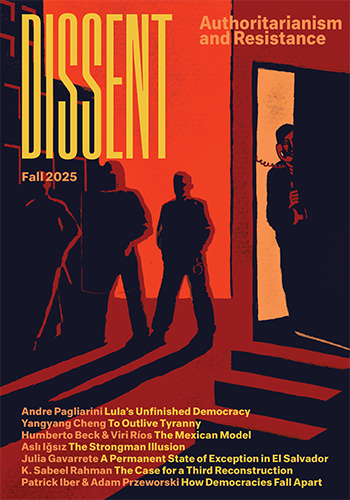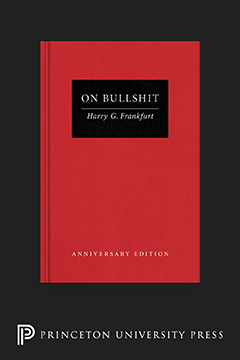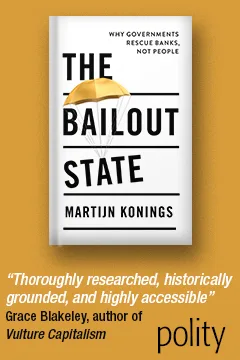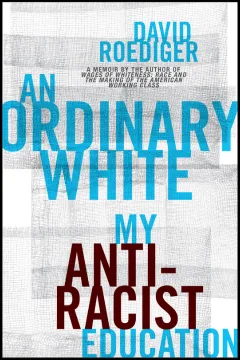Twelve years ago in his book, The Vital Center, Arthur Schlesinger, Jr. presented materials for a new-style liberalism which has remained the basis of his politics to this day. It is clear that Schlesinger was not using the term “center” …
There is more than manner and know-how in Mr. George Kennan’s urbane style; he also is a nineteenth-century statesman, and his political wisdom comes from the school of Castlereagh and Talleyrand. He does not just disagree with this or that …
Should a Socialist society be a single, or a multi-cultural, society? Is there an entity called Socialist culture which is the proper culture of a Socialist society, or, on the other hand, is it a mark of a Socialist society …
If the future of the Communist Party seems dim, there have been some developments in the United States these past few years that should encourage those who believe the Soviet Union represents a force for historic progress. Among the disorganized …
In the 1920s and 30s it cost something to maintain one’s posture as a believer in civil rights. Radicals were personally involved in and were dunned incessantly in campaigns for strikes in the South, sharecroppers’ relief, and the defense of …
Are workers becoming “middle class”? Is Fortune correct in describing workers as a “salariat” rather than a “proletariat”? A belief is spreading among social scientists and unionists that in their middle age unions are becoming middle class. But an evaluation …
THE FUTILITARIAN SOCIETY, by Wiliam J. Newman. George Braziller. 1961. William J. Newman’s theme can be expressed in a loose syllogism: America’s problems call for change and innovation. But conservatives are “stasis seekers.” Therefore conservative ideas are a “menace” to …
The absence of esthetic gratification—an outstanding characteristic of the architecture of our cities—has definite effects on the community as well as on individuals. The main effects become apparent through a multitude of symptoms, ambiguous enough to be seldom traced and …
I had no desire to get to Jerusalem, no expectation of living in Athens, little interest in Rome. I was eighteen. What did I know then about Paris? My whole aim was to live in New York—where I have lived …
The most striking fact about New York in the last decade is the realty boom. Wherever one goes—in the heart of old Manhattan or the farther outskirts of the Bronx and Staten Island—construction is seen. Craters yawn in what were …
By June 30, 1960, the New York City Housing Authority had become the country’s largest landlord, housing some 567,000 lower-class tenants in 109 projects. Anyone who has visited some of these projects, however, knows that the problem of slums in …
On the tombstone of our race, a famous writer has told us, there will some day be carved the single chilling remembrance: They copulated and read the newspapers. He didn’t go far enough, that writer. Our epitaph is actually going …
The Housing and Redevelopment Board has replaced Robert Moses’s Slum Clearance Committee, and a new order has been proclaimed for the on-going work of tucking in New York’s residential shirt tails. Robert Moses, who now deals only with sovereign nations, …
In Edward Albee’s two-character play, The Zoo Story, the publisher asks the young man who accosts him in Central Park if he lives in the Village. The boy, who eventually forces the publisher to kill him in a desperate attempt …
The giant city of today lives by a miracle: it survives contradictions of policy and endless administrative improvisations. But if its life is miraculous, then its decline, even its terminal illness, is not at all impossible. And in the pathology …







